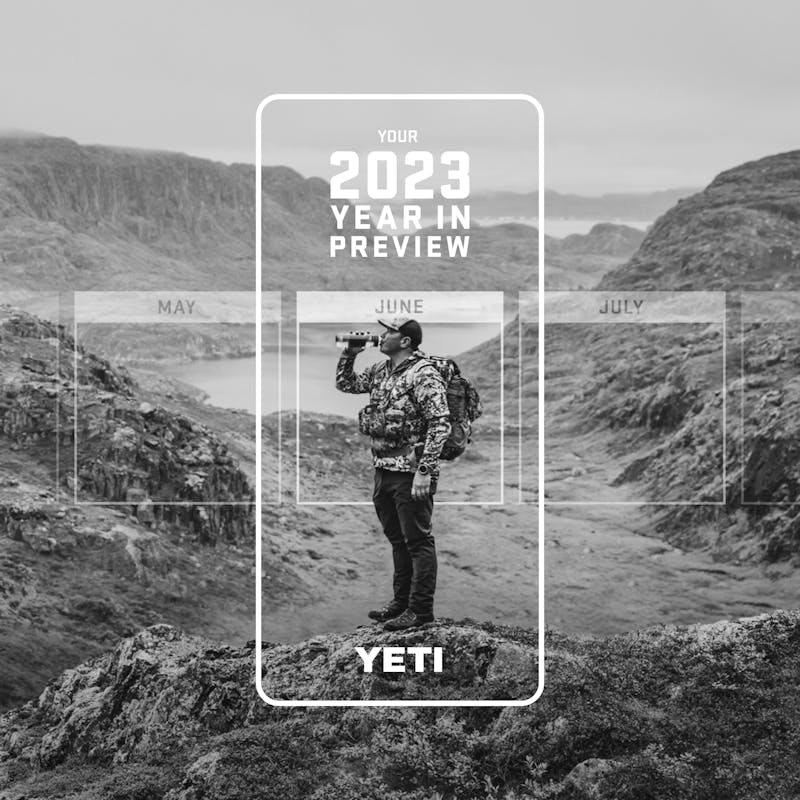
SmartBrief | Keep Best Practices from Becoming Limitations
Keep Best Practices From Becoming Limitations for You and Your Team
by Dan Gardner via SmartBrief
Established businesses rely on so-called best practices to retain their market share by limiting risk, but what happens when an established practice isn’t actually the best way to solve a problem?
This philosophy lies at the core of our company, Code & Theory, and defines how we engage and operate. Instead of relying on established best practices, we have cultivated a culture that empowers our creative problem-solvers and has led to countless competitive developments.
The key, we’ve learned, is to create a workplace culture that enables team members to think strategically about the best way to do something instead of relying on tried-and-true tactics. To do this, managers must lead by example and encourage everyone to question norms. Day in and day out, they must ask "why?" Employees should feel comfortable analyzing and evaluating both processes and outputs.
Overcoming rote best practices by challenging and being challenged is a skill set that people must learn, attempt and improve upon over time. Encourage employees to get used to challenging best practices by explaining the goal often and clearly. In my experience, this preparation and encouragement can lead to achievements you wouldn’t think possible.
At first, challenge your employees in one-on-one settings — avoid challenging team members in front of groups until your entire team is used to this new way of interacting. Remember that your response as a manager will set the tone for employees’ comfort levels; you can shut them down as easily as you can encourage them.
Soon enough, your employees will expect you to challenge them, and vice versa. The best managers welcome thoughtful challenges from their employees, so don't shy away from candid comments or questions. For this culture to truly take hold, managers must commit to the same feedback system they expect their employees to embrace.
How to help your team succeed at creative problem-solving
Beyond committing to a culture of challenging the norm, it’s vital for managers to establish team dynamics and structures that create the strongest capabilities for problem-solving. Managers can create a runway to creative problem-solving by nourishing a culture that drives it, but the organization’s structure must also be designed to harness the solution-seeking process.
Here’s how to get started:
1. Establish diverse teams to create unique solutions.
For these purposes, team diversity is less about demographics (although that’s important). Teams should consist of people from multiple disciplines with a variety of skills to lend the most comprehensive view possible of the problems at hand. Instead of creating teams of people from one discipline, opt for collaboration among multiple disciplines. By prioritizing diversity and cognitive differences in team dynamics, managers can avoid functional bias, which would result in the same patterns applied to emerging problems.
Successfully pairing people from different backgrounds and approaches is a skill that managers will need to practice. Pay attention to the ways employees interact with each other. Ideal teams unite people with similar communication styles. Someone with a background in finance and someone with a background in film production, for example, would arrive at a functionally different solution by working together than if two film producers were to tackle the same problem.
We prioritized a diversely collaborative team when designing CNN’s Magic Wall, blending ideas from broadcast, news, data reporting, and technology backgrounds to design a better experience for viewers on election night.
2. Build the right team structure with a directly responsible individual.
The rigid hierarchies of traditional organizational charts don’t allow for much flexibility. We changed our structure to prioritize creative problem-solving, creating core pods for different projects and assigning a directly responsible individual (DRI) to each project. The DRI is responsible for considering the feedback of multiple viewpoints, assessing the options, and determining which ones to pursue. This structure prevents both creative stagnation and design by committee.
That doesn’t make the DRI the only voice in the room, though. The DRI should expect team members to hash it out and contest each other, allowing workers across disciplines to identify problems and solutions. DRIs make judgment calls to break gridlocks and keep the project moving. In doing so, they help shape the chaos of creativity into a single vision while encouraging teams to push that vision forward.
Although the processes that have empowered us to break the bonds of best practices seem simple, they take time and dedication to implement. Diverse teams don't come together overnight, and people need support to embrace a culture of challenges. Managers can start this process by helping employees see the value of this solution-seeking mindset, starting more challenging conversations in private and exploring team structures that encourage employees to experiment.
In doing so, company leaders across all levels can help position their organizations to tackle emerging market problems, stand out from the competition, and design more effective solutions.












